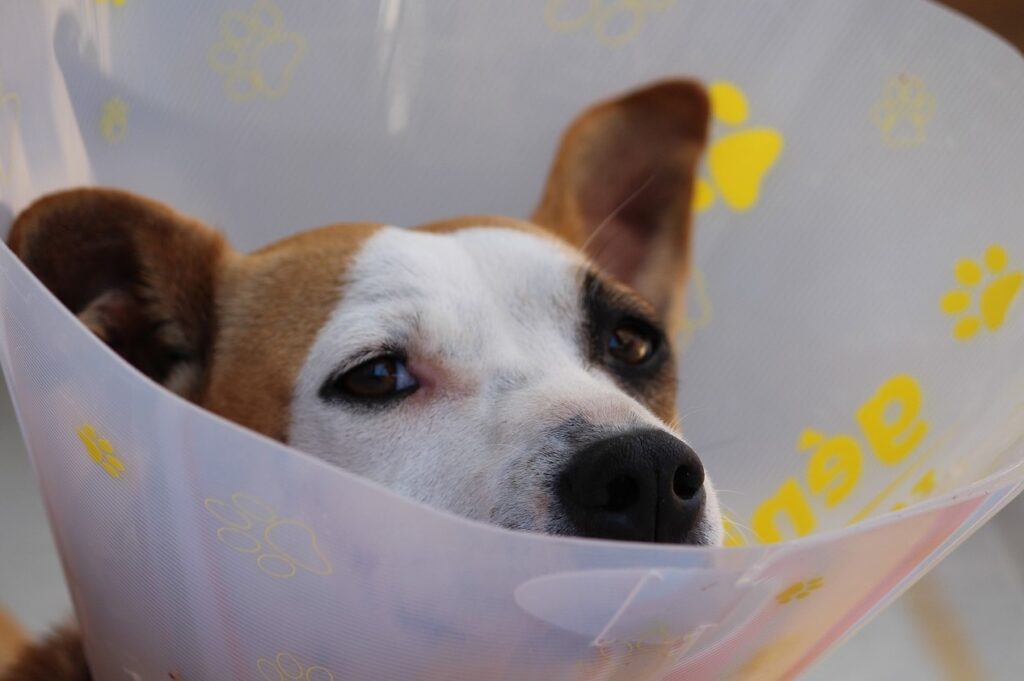
Taking your pet to the veterinarian can be a stressful experience for both you and your furry friend. However, with the right preparation, you can ensure the visit goes smoothly and efficiently. This guide will provide you with essential tips and tricks to help your pet feel more comfortable and secure during their vet visit. From acclimating them to their carrier to understanding what to bring, we’ll cover everything you need to make the experience as positive as possible for your pet.
Getting Your Pet Used to the Carrier
One of the most crucial steps in preparing your pet for a visit to the veterinarian is getting them comfortable with their carrier. Many pets associate carriers with negative experiences, such as being taken away from home or being poked and prodded at the vet’s office. Therefore, it’s essential to create positive associations with their carrier before the visit.
- Start by introducing the carrier to your pet early on, even if you don’t have a vet visit planned yet. Allow them to explore it and get used to its presence in their environment.
- Place treats or toys inside the carrier to encourage your pet to go in voluntarily. This will help create a positive association with the carrier and make it a more familiar and comfortable space for them.
- Take short trips with your pet in the carrier, such as a ride around the block or a visit to a friend’s house. This will help them get used to being in the carrier and associating it with positive experiences.
- Make sure the carrier is clean, well-ventilated, and appropriately sized for your pet. If your pet feels cramped or uncomfortable in the carrier, it can add to their stress during the vet visit.
Understanding Your Pet’s Body Language
Pets can’t communicate with words, but they do express themselves through body language. It’s crucial to understand your pet’s body language to know when they feel anxious or uncomfortable and how you can help them feel more at ease. Some common signs of stress in dogs and cats include:
- Panting, drooling, or excessive grooming
- Pacing or restlessness
- Yawning, lip licking, or avoiding eye contact
- Flattening their ears, tucking their tail, or trembling
If you notice these behaviors in your pet during the vet visit, try to comfort them by speaking to them in a calm and reassuring tone. You can also offer treats or their favorite toy to help distract and relax them.
How Your Veterinarian Can Help Calm Your Pet
Veterinarians, like those at 1st Pet Veterinary Centers, have extensive experience in handling anxious pets and can provide invaluable support during the visit. They often have calming techniques and strategies, such as gentle handling and providing a quiet examination room, to help soothe your pet. Additionally, veterinarians can offer advice on pre-visit anxiety management, such as using pheromone sprays or anxiety wraps, ensuring that your pet remains as calm and relaxed as possible throughout the entire experience.
Packing the Essentials
When preparing for a visit to the veterinarian, it’s essential to pack all the necessary items to ensure your pet has everything they need. Here are some essentials that you should bring with you:
- Your pet’s medical history and vaccination records
- Any medication or supplements your pet is currently taking
- Their favorite blanket, toy, or treats to help them feel more at ease in an unfamiliar environment
- Waste bags for cleaning up after your pet during the visit
It’s also essential to make sure your pet is wearing a collar with identification tags, and their microchip information is up-to-date. In case your pet gets lost or separated from you during the visit, these measures will help ensure their safe return.
Arriving Early and Communicating with the Vet
Lastly, it’s a good idea to arrive at the veterinarian’s office a few minutes early to give your pet some time to acclimate to the new environment and get comfortable. When meeting with the vet, be sure to communicate any concerns or changes in your pet’s behavior or health. This will help the vet provide better care and address any potential issues before they become significant problems.
By following these tips and preparing your pet for their visit to the veterinarian, you can make the experience less stressful for both you and your furry companion. Remember to stay calm, patient, and understanding, and your pet will likely feel more at ease in the vet’s office. And after the visit, be sure to reward your pet with plenty of love and treats for being such a good patient!


